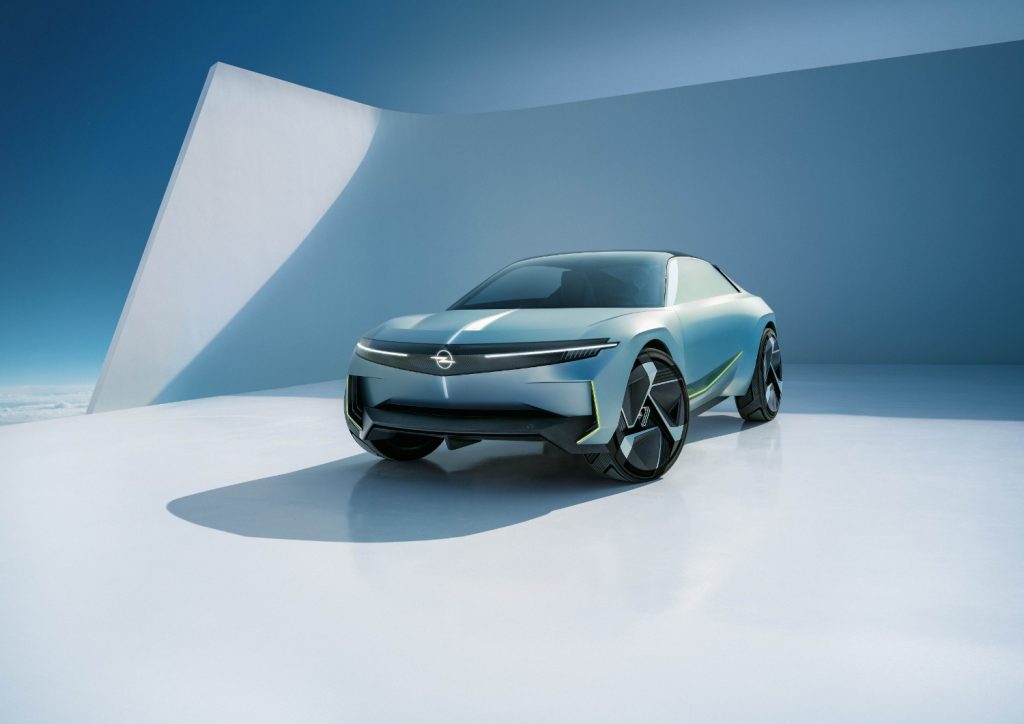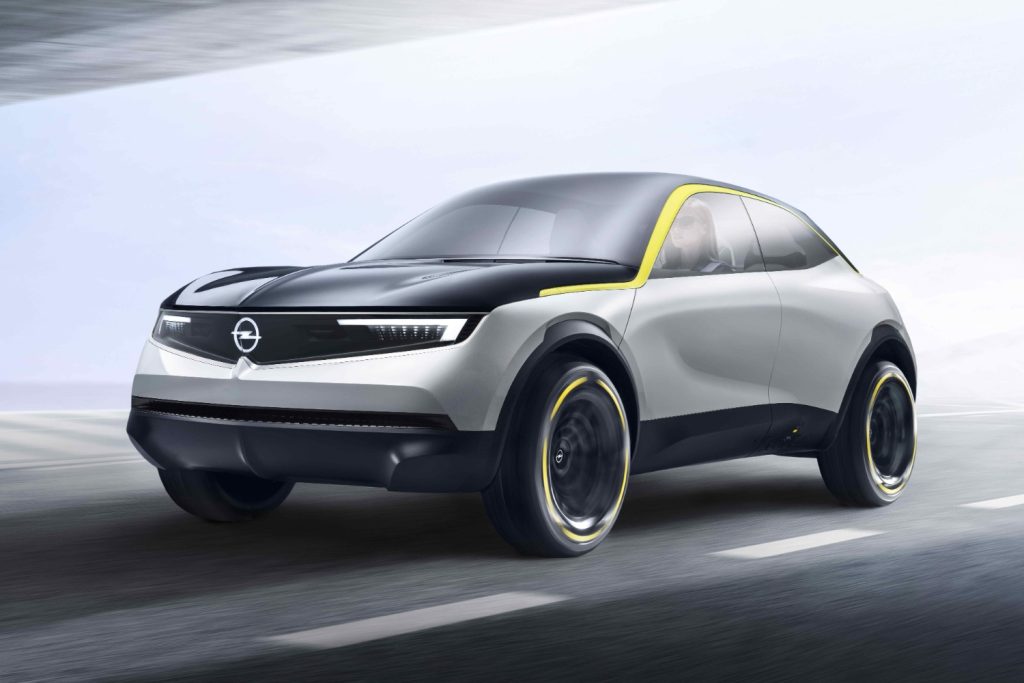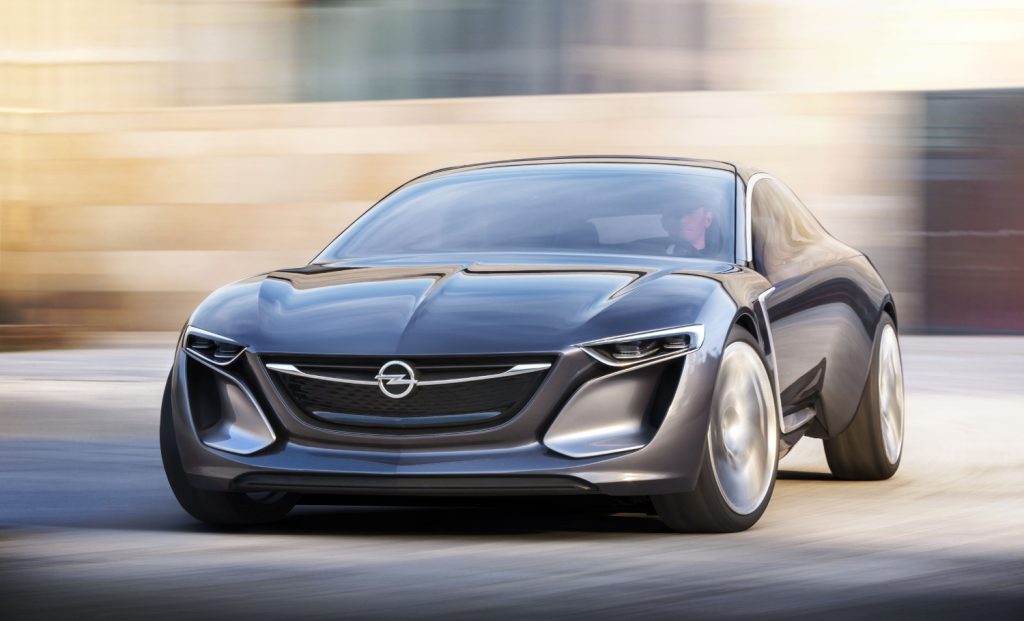Opel is celebrating its 125th anniversary of car production and at the same time the 60th anniversary of the Design Center.
It was in 1964 that the Opel Design Studio was inaugurated in Rüsselsheim, the first automotive design center of its kind in Europe. Since then, it has not only been responsible for the constantly evolving design philosophy of Opel production models. The designers have also created innovative prototypes and concepts capable of anticipating the future of the brand, from the legendary Opel Experimental GT of 1965 to the brand’s latest study, the Opel Experimental, which made its world debut last year.

“Our production models enchant our customers with their bold and pure design. From the Experimental GT, Opel has revealed iconic concepts that have shown our future in the automotive industry, with the Opel Design Center being the birthplace of this creativity. For six decades, our designers have brought automotive dreams to life, making them a reality for a wide audience,” said Mark Adams, Vice President of Design at Opel.
The Opel Design Studio is located in building N10 in Rüsselsheim and is surrounded by high security. It is in that place that since June 1964, the shapes, colors, and functions of the brand’s automobiles have been developed and decided.
The formal inauguration of the building was a milestone in the history of the European automotive industry. It was the largest design studio owned by a car manufacturer in Europe, and furthermore, until then, most European car manufacturers often relied on external specialists for the development of new concept cars.
In Rüsselsheim, three new departments were installed in the building known as N10. The Interior Design department determined the shapes and materials inside the car and designed the seats, instrument panels, and coverings. The second department was responsible for the bodywork. They worked on the front, silhouette, and proportions of the car, giving each model its own character. Although the aggregation and emphasis on design work were a novelty in the European automotive industry, the third department of N10 was simply tasked with pioneering work.

For the first time in Europe, Opel had created a team of high-caliber designers that now exceeded the boundaries of daily activity and the development of familiar model lines to focus on the future. While others, at best, developed the forms of a new body, in Rüsselsheim they thought about the language and emotions of design. Advanced Design dedicated its work mainly to completely new concepts for cars, with ideas for future mobility and car customers being the central point.








